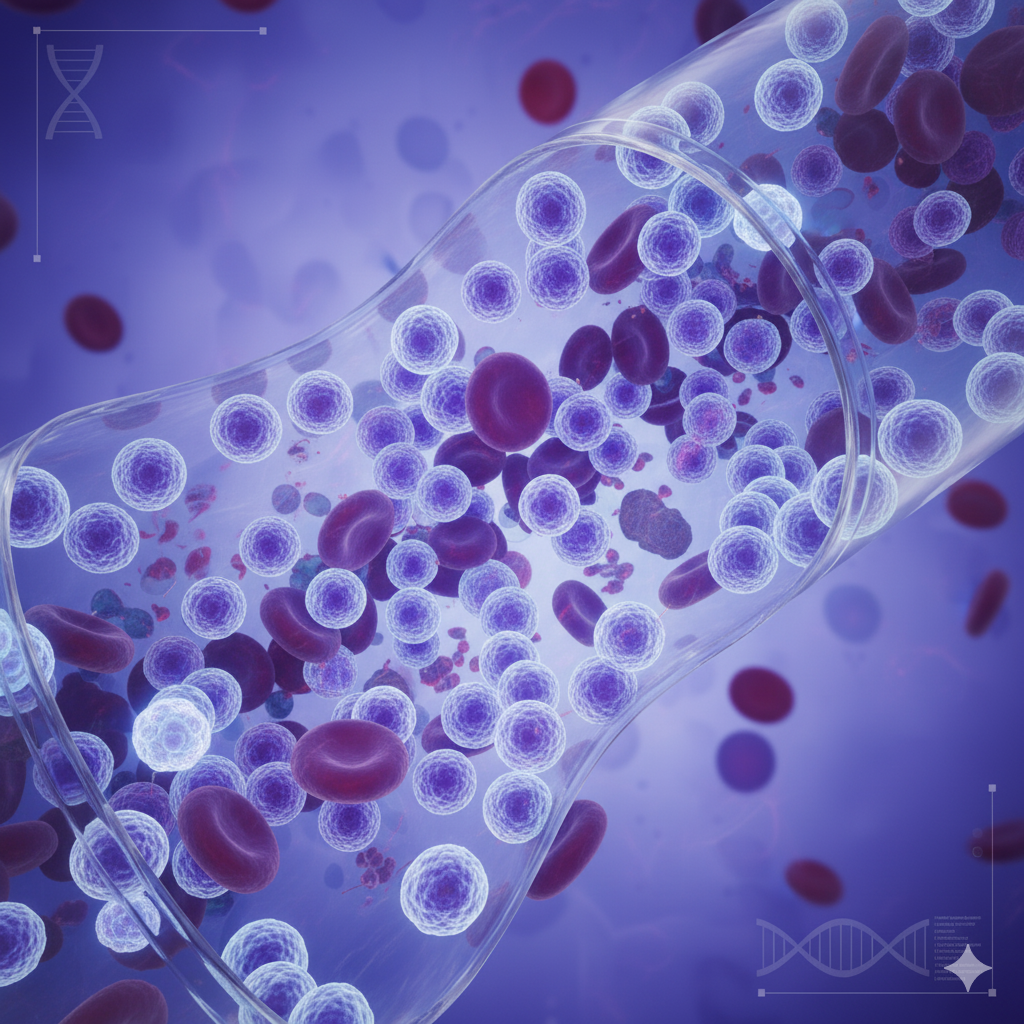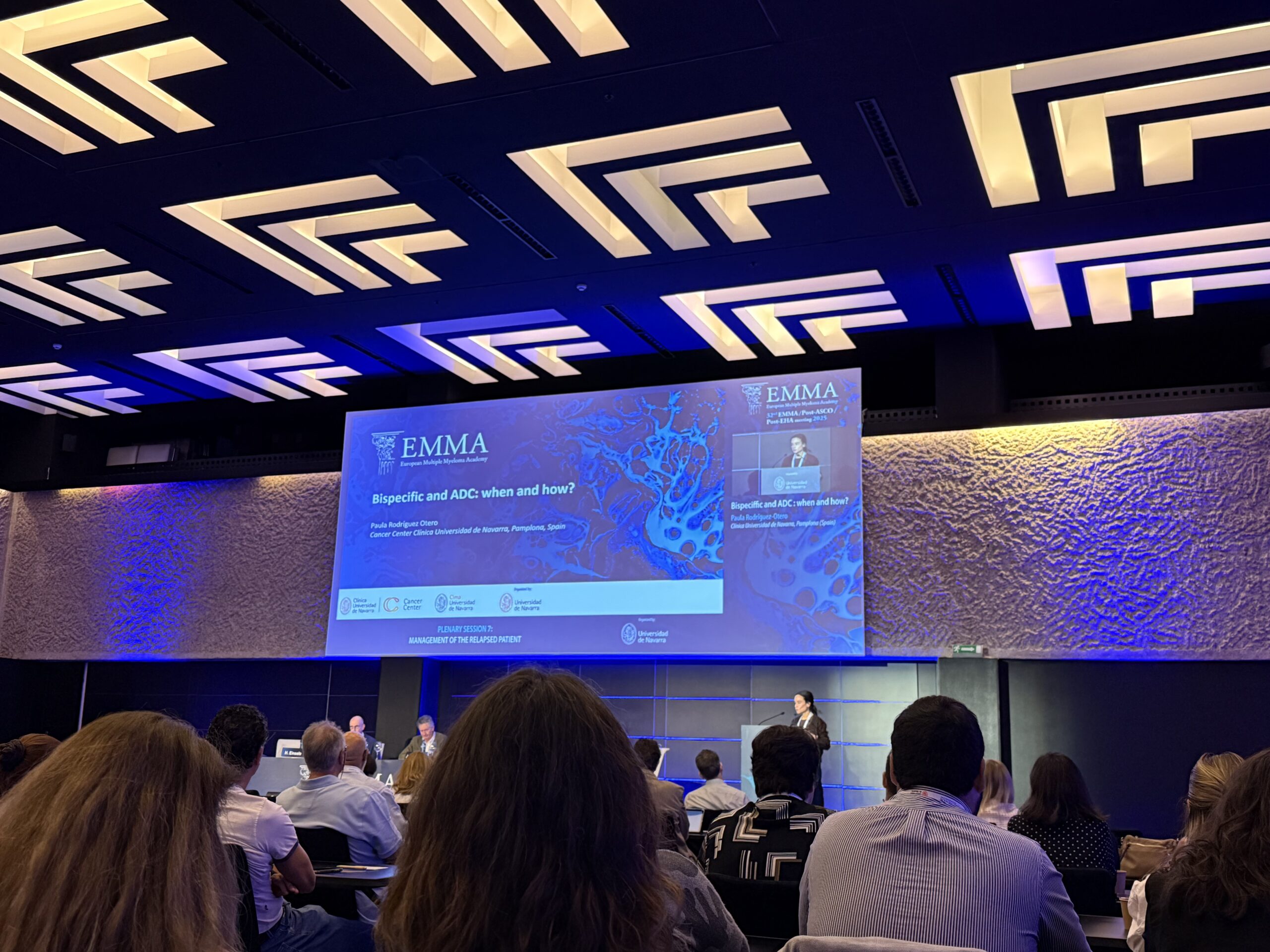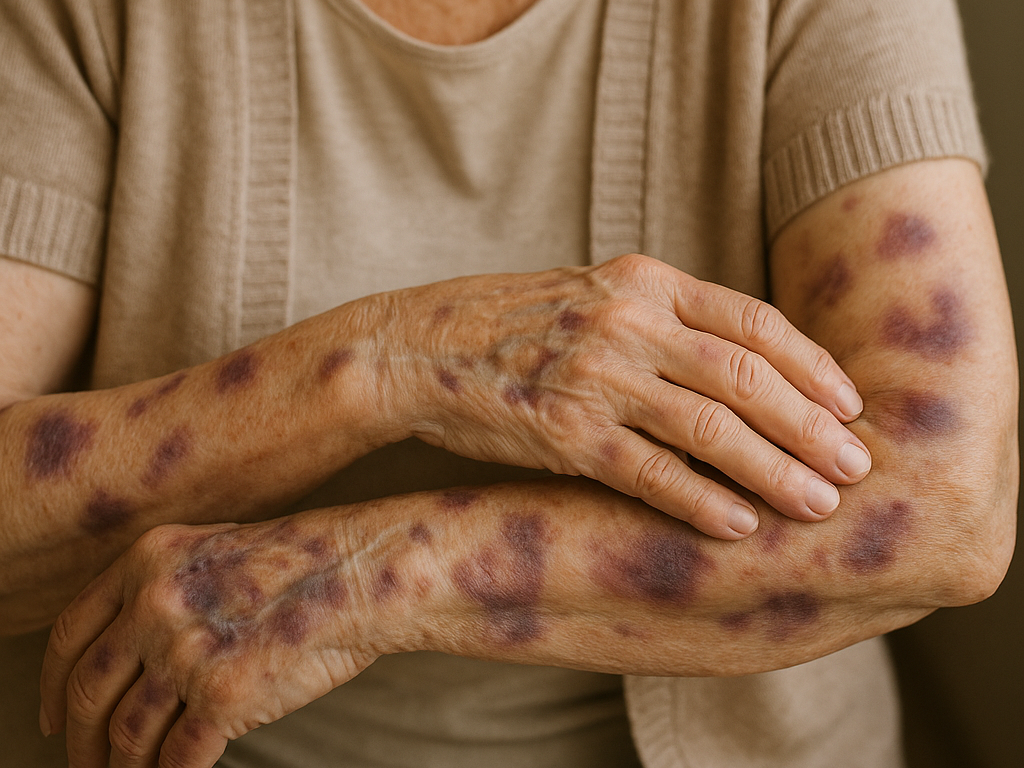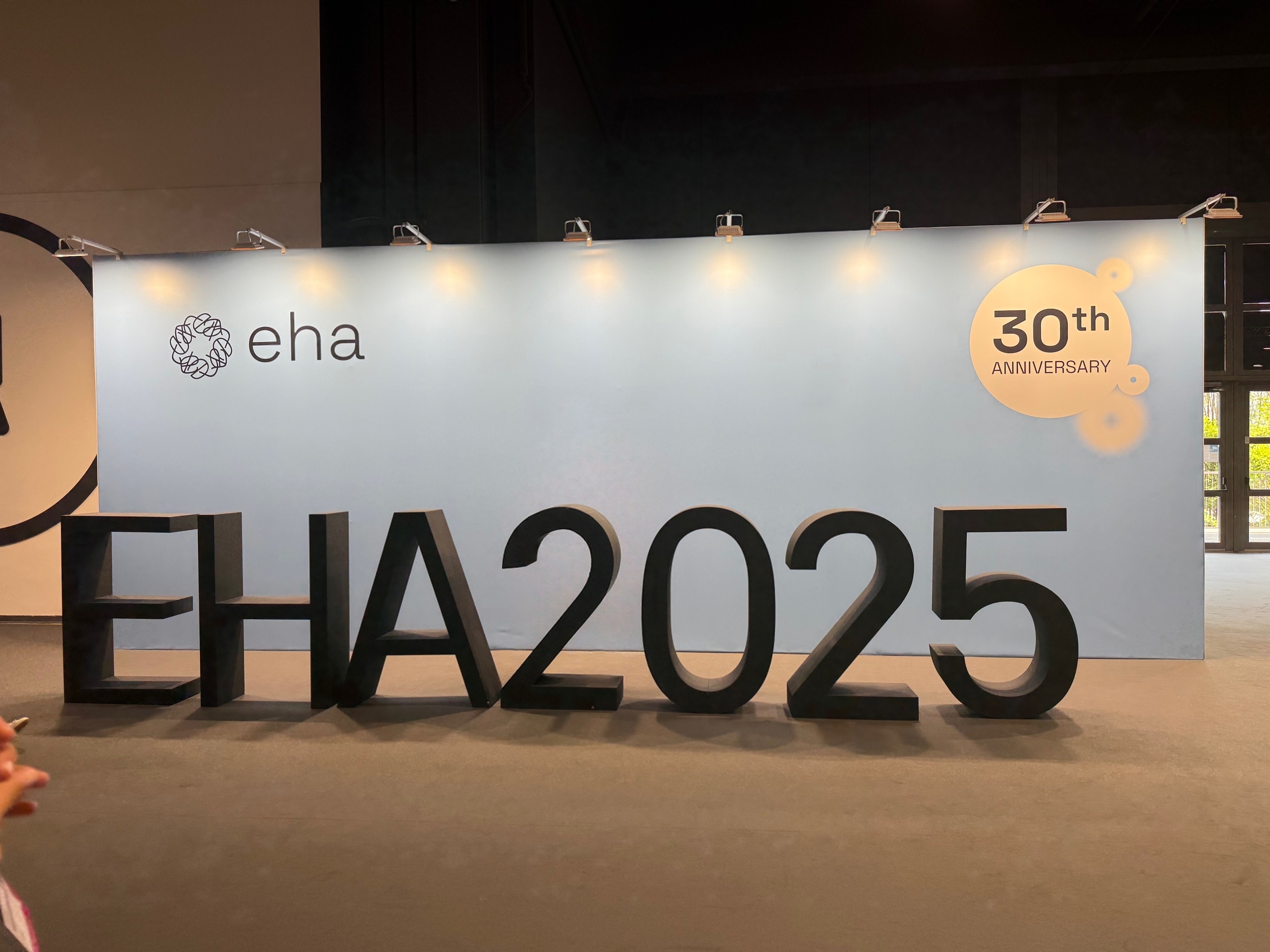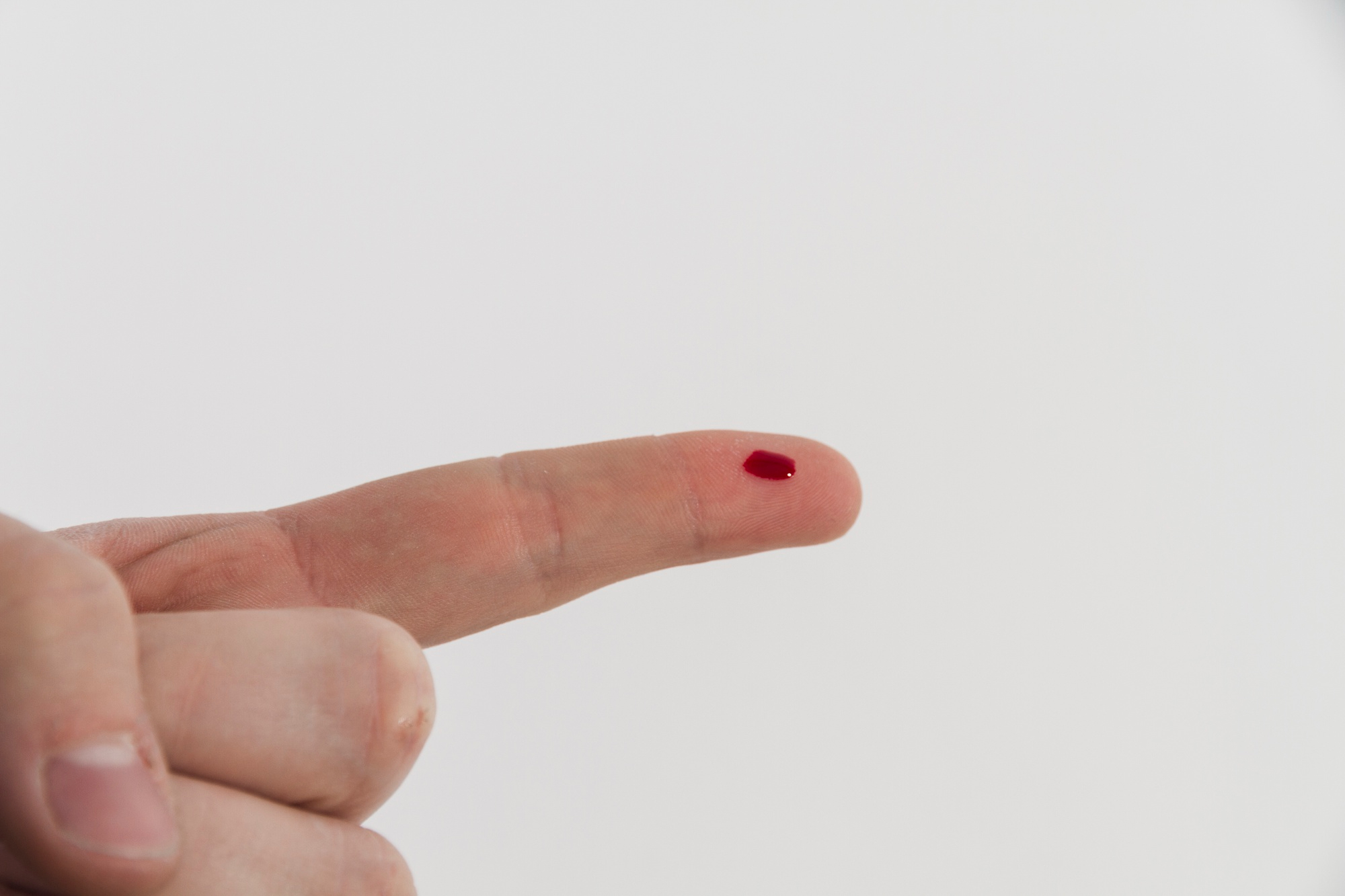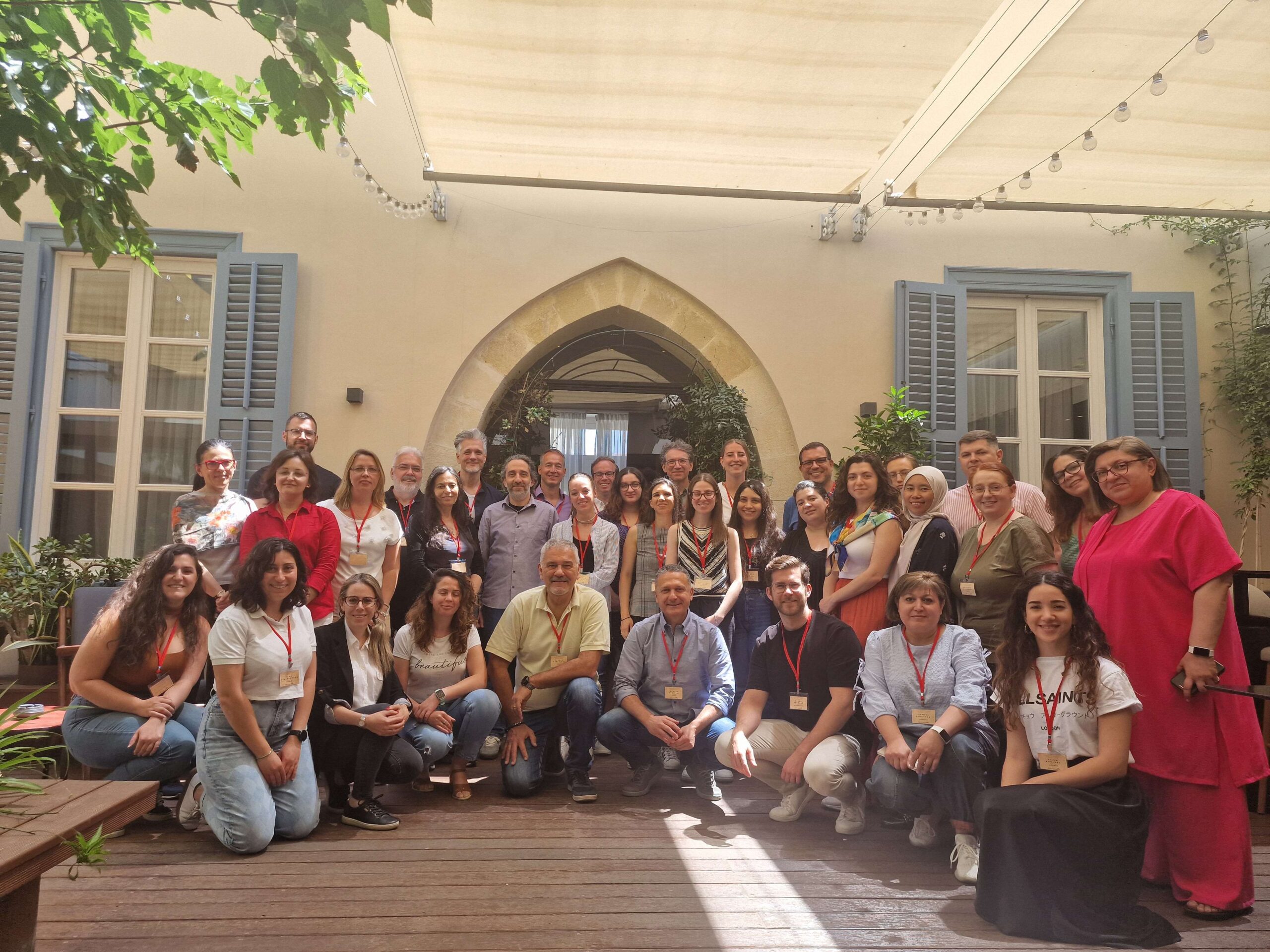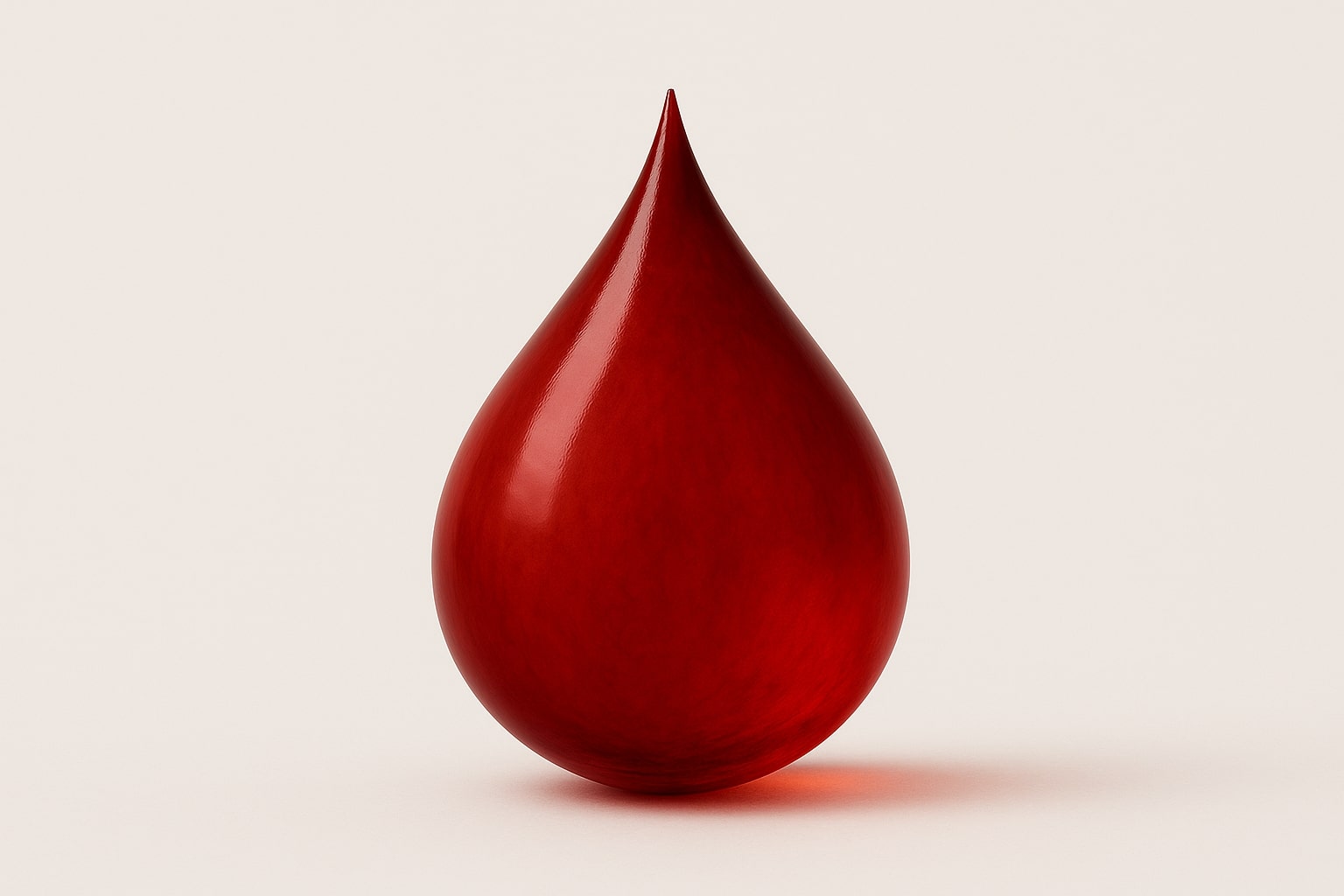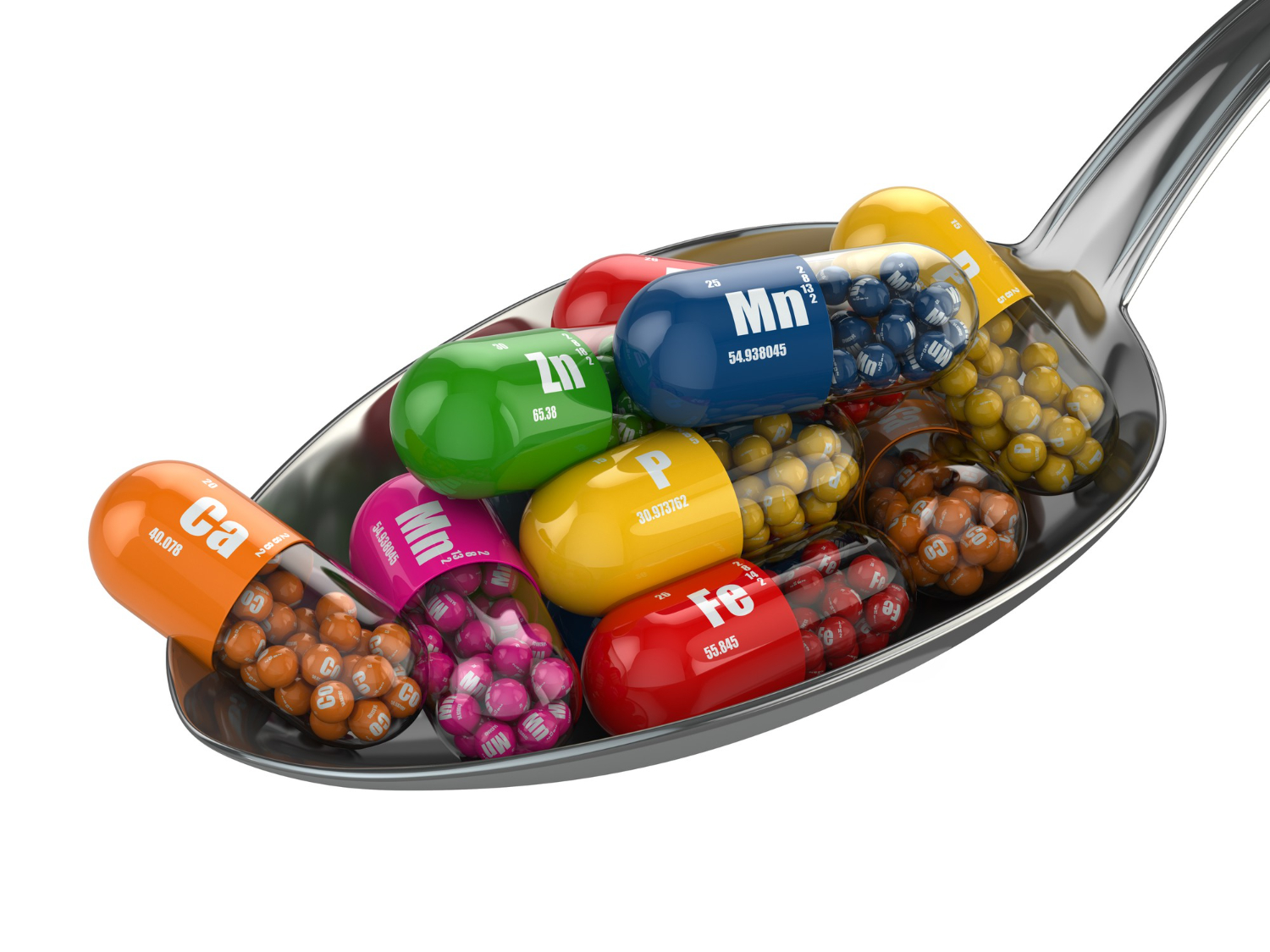Just Diagnosed with Chronic Lymphocytic Leukaemia? 10 Questions to Ask Your Doctor
“I had a routine check-up. My family doctor told me to see a hematologist, because my white blood cell count was high. I feel perfectly fine otherwise.” “A simple flu turned into pneumonia. During the blood work, my pulmonologist noticed my white blood cells were elevated and sent me to…


